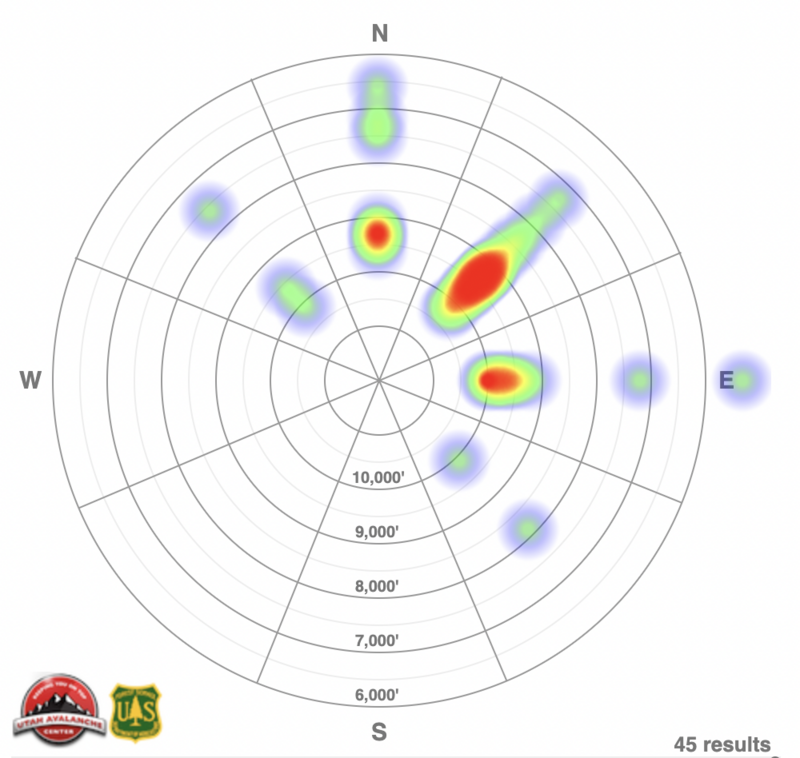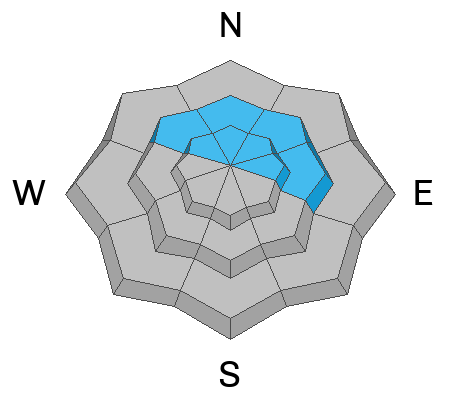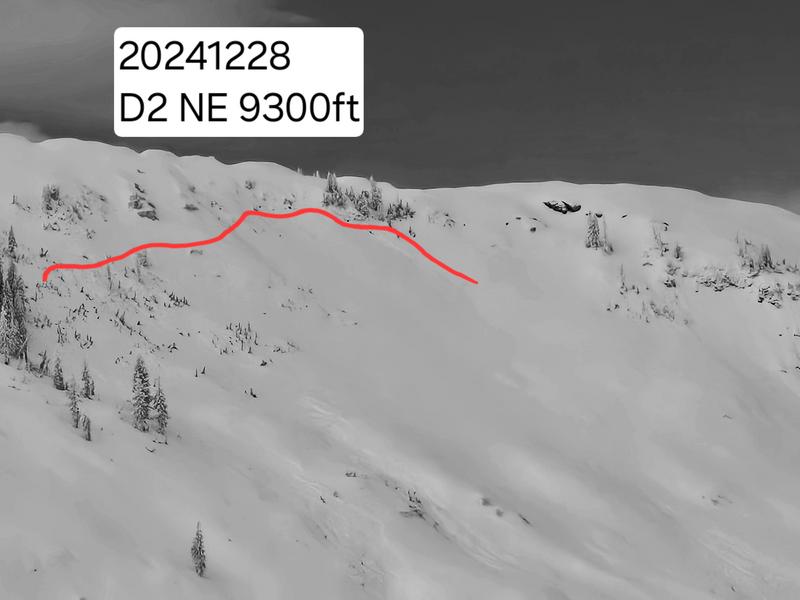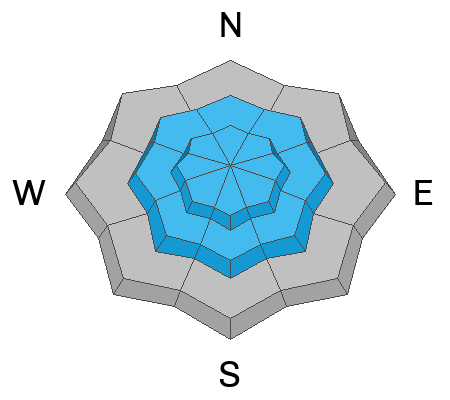Forecast for the Ogden Area Mountains

Issued by Nikki Champion on
Monday morning, December 30, 2024
Monday morning, December 30, 2024
The avalanche danger is HIGH on all upper-elevation aspects from northwest through north to east, where new snowfall and strong winds have created very dangerous conditions. Any avalanche triggered in the wind-drifted or new snow could step down 1-4 feet into weak faceted layers, resulting in large, dangerous, and potentially deadly avalanches. Both natural and human-triggered avalanches are likely.
There is a CONSIDERABLE avalanche danger on the remaining upper-elevation and all mid-elevation slopes due to heavy snow and elevated winds. Terrain that previously held weak faceted snow remains the most suspect.
What to do: Avoid avalanche terrain today. Stick to slopes less than 30 degrees, and stay well away from slopes connected to or below anything steeper than 30 degrees.
What to do: Avoid avalanche terrain today. Stick to slopes less than 30 degrees, and stay well away from slopes connected to or below anything steeper than 30 degrees.
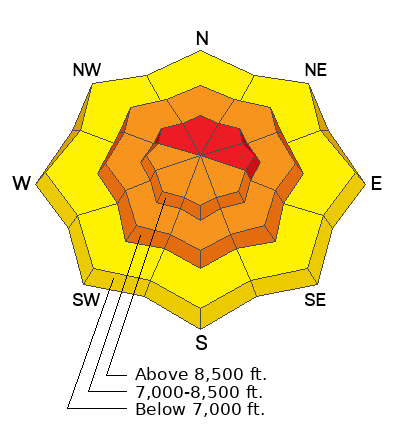
Low
Moderate
Considerable
High
Extreme
Learn how to read the forecast here


